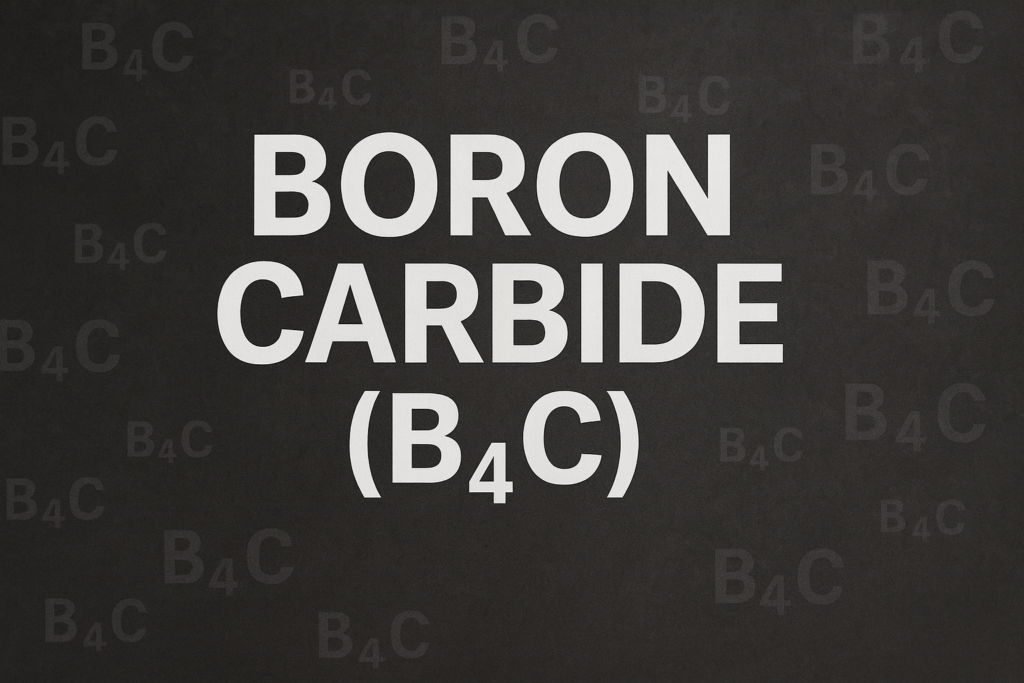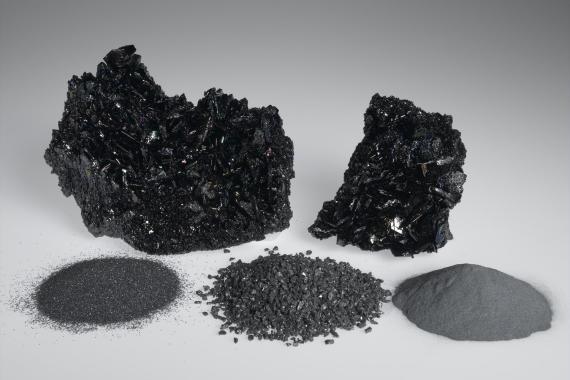Zirconia alumina, an advanced ceramic material, is synthesized through a meticulous process that enhances its innate characteristics, making it ideal for various industrial applications. This article explores the refining steps of zirconia alumina and highlights its unique properties.
The Refining Process
The creation of zirconia alumina involves several key steps:
- Initial Melting: Selected zircon sand and carbon materials, such as petroleum coke, are melted in an electric arc furnace. This step purifies the zirconia by removing silica impurities, enhancing the quality of the final product.
- Secondary Processing: The purified zirconia is then mixed with industrial alumina powder and other additives in the electric arc furnace. The mixture is subjected to high temperatures to further remove impurities, producing a homogenous blend of corundum (a crystalline form of alumina) and baddeleyite (zirconia in crystalline form).
- Crushing and Milling: After cooling, the zirconia alumina blend is crushed into smaller blocks using jaw crushers and Raymond mills. These are then sieved to sort the materials by granule size.
- Final Treatments: The material undergoes washing, drying, and packaging processes. These steps prepare the zirconia alumina for shipment in various granule sizes suited to different applications.
Characteristics of Zirconia Alumina Abrasives
Zirconia alumina abrasives are favored for their exceptional properties:
- High Hardness: With a hardness level exceeding 9.5 on the Mohs scale, zirconia alumina abrasives are significantly harder than traditional materials like quartz and steel. This high hardness lends the abrasives outstanding wear resistance, making them capable of efficiently grinding hard materials such as steel, ceramics, and glass.
- High Density: Typically denser than 6.0 g/cm³, these abrasives offer great grinding efficiency and precision. Their high density also provides excellent compression resistance, minimizing the risk of breakage or fracturing, thus extending their lifespan and ensuring safety during high-speed cutting and polishing operations.
- Superior Grinding Performance: The abrasives’ excellent self-sharpening and grinding properties maintain sharp cutting edges and allow for rapid material removal from workpieces, achieving high precision and surface finish. They generate less heat and grinding force, which reduces thermal deformations and residual stresses on the workpiece.
- Temperature Resistance: Zirconia alumina maintains its hardness and strength even at high temperatures, resisting softening or melting. This property makes it highly effective for high-temperature cutting and polishing applications.
- Chemical Stability: The material exhibits high chemical stability, resisting erosion by acids and alkalis. This allows zirconia alumina to perform well in various environments without degradation.
- Production Challenges: Due to its high melting point and the complexity of its production process, manufacturing zirconia alumina is both challenging and costly. This limits its widespread use despite its superior properties.
Conclusion
Zirconia alumina stands out in the realm of abrasive materials due to its remarkable hardness, density, and resistance to high temperatures and chemicals. Although its production is involved and expensive, its benefits justify the cost in demanding industrial applications. The refining process of zirconia alumina not only optimizes its physical and chemical properties but also tailors it for specific needs, making it a key material in precision manufacturing and finishing processes.





